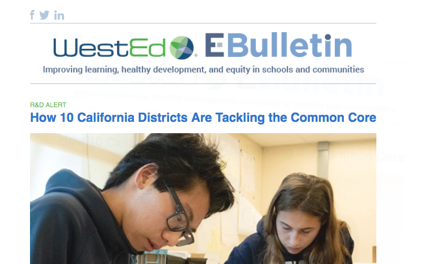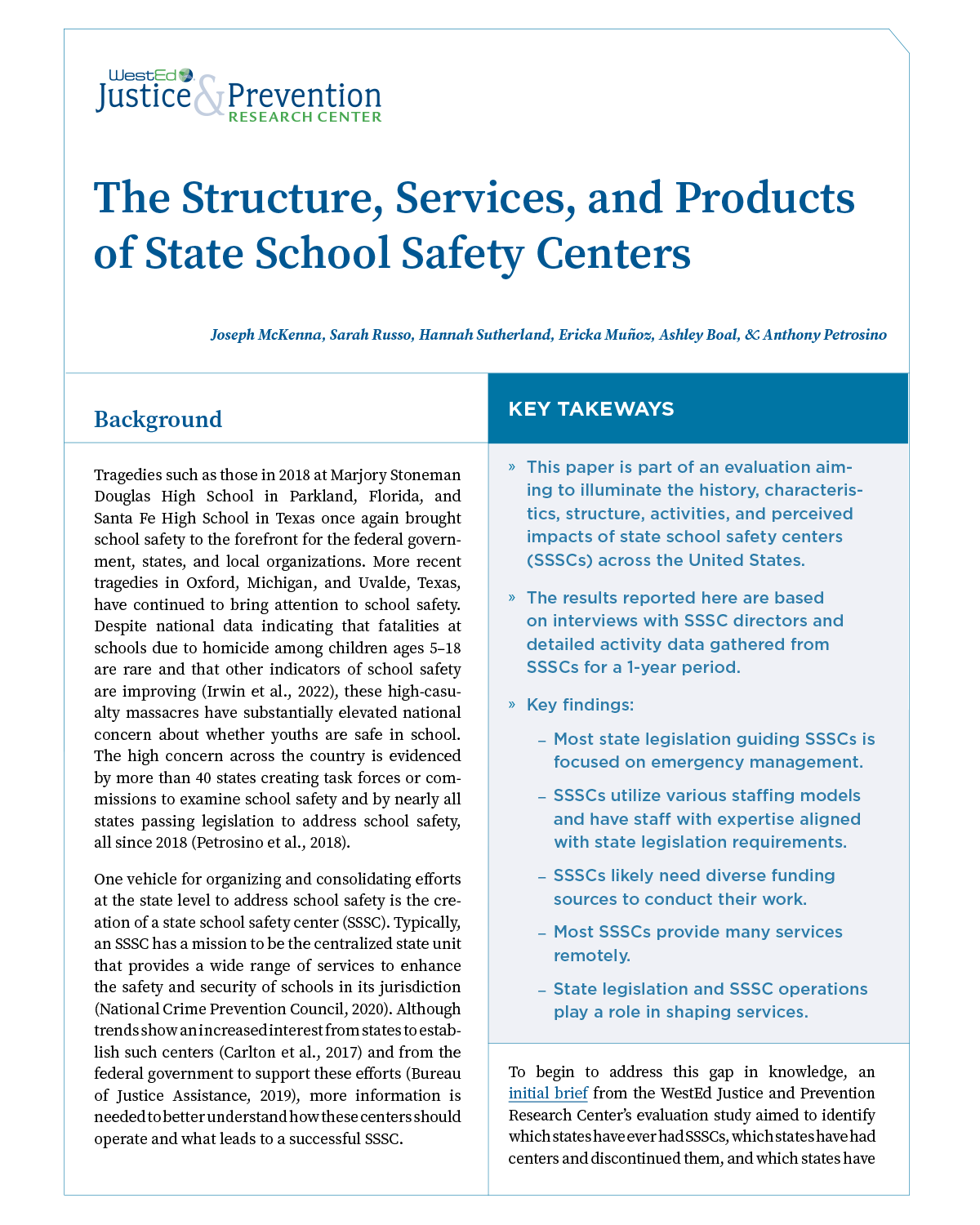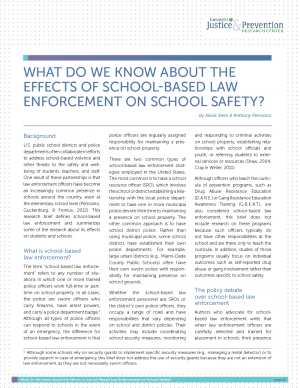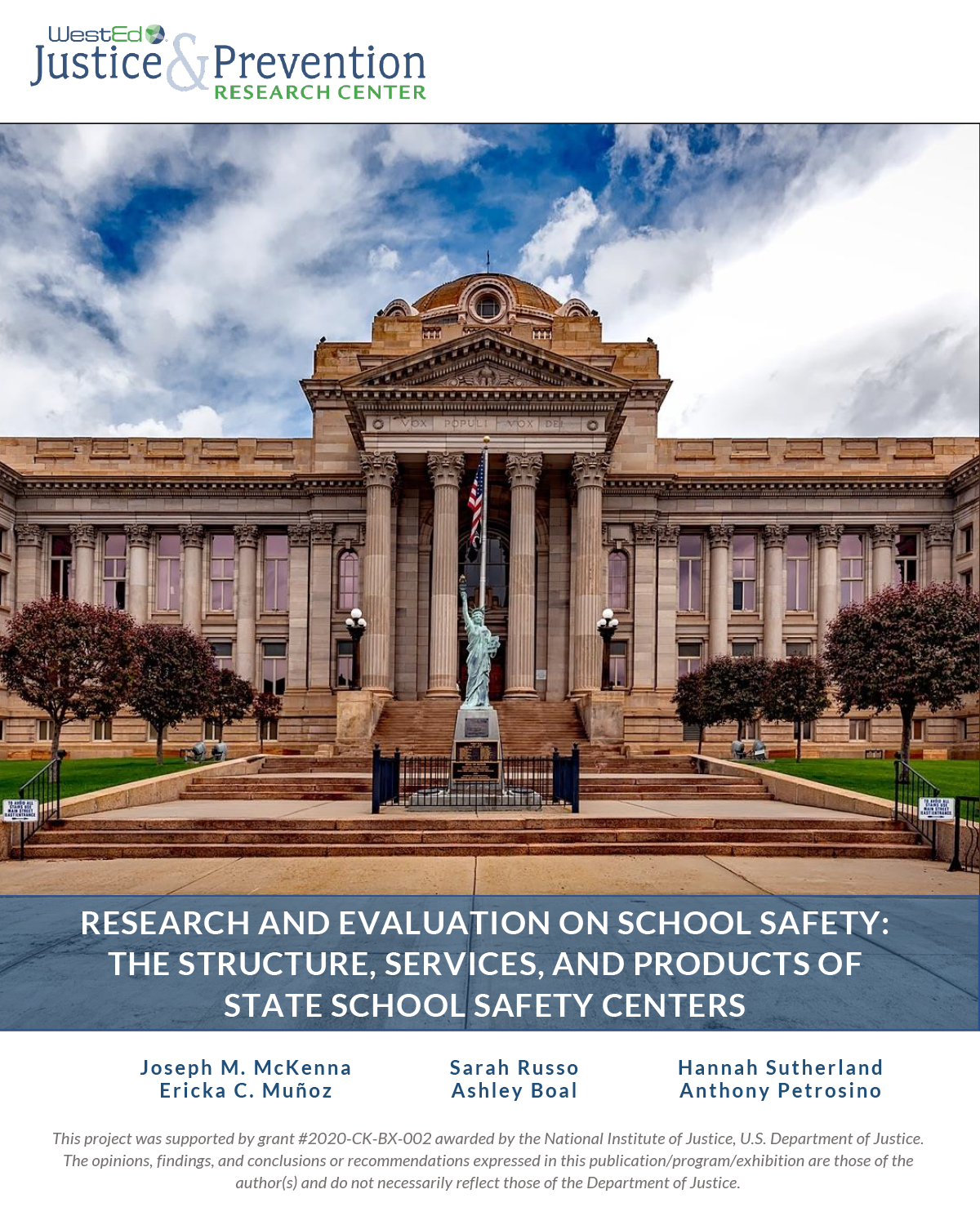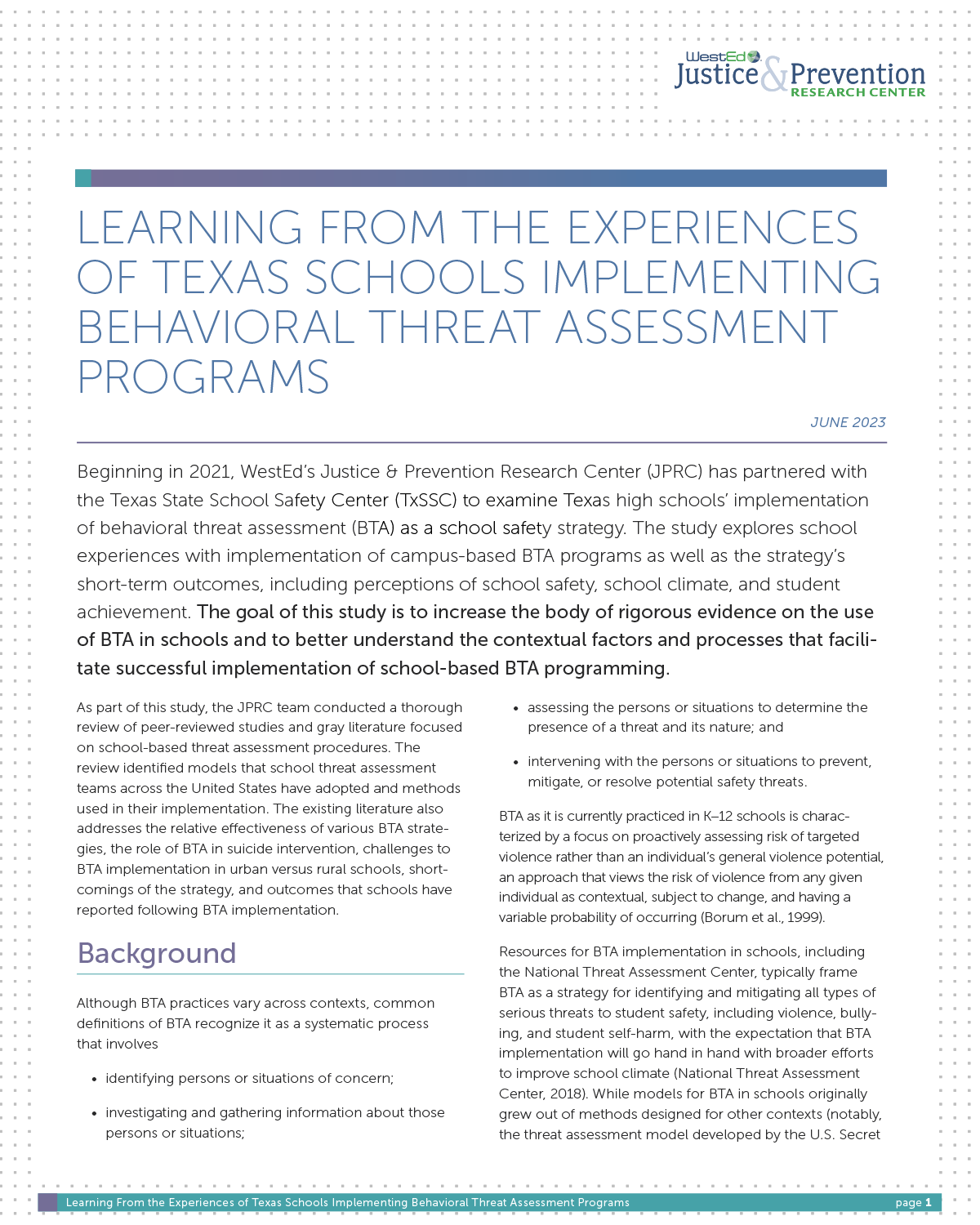The Structure, Services, and Products of State School Safety Centers
Description
Recent tragic events at schools like Marjory Stoneman Douglas High School in Florida and Santa Fe High School in Texas have reignited discussions on school safety at the federal, state, and local levels. Despite national data suggesting that school fatalities due to homicide among children ages 5–18 are rare, these high-casualty massacres have sparked nationwide concerns about whether youths are safe in school. Nearly all states have enacted legislation addressing school safety since 2018, with some opting to create state school safety centers (SSSCs) to centralize their efforts.
This brief is the second in a series highlighting the comprehensive findings derived from WestEd’s Justice Prevention and Research Center’s evaluation of SSSCs. The brief provides more information on the general landscape of SSSCs; how they operate; and the services they provide, including the types of activities, content areas, and audiences served. It’s also part of an evaluation aiming to illuminate the history, characteristics, structure, activities, and perceived impacts of SSSCs across the United States.
The results reported in the brief are based on interviews with SSSC directors and detailed activity data gathered from SSSCs for 1 year.
Key findings
- Most state legislation guiding SSSCs is focused on emergency management.
- SSSCs utilize various staffing models and have staff with expertise aligned with state legislation requirements.
- SSSCs likely need diverse funding sources to conduct their work.
- Most SSSCs provide many services remotely.
- State legislation and SSSC operations play a role in shaping services.
Resource Details
Product Information
Copyright: 2023Format: PDF
Pages: 7
Publisher: WestEd
Stay Connected
Subscribe to the E-Bulletin and receive regular updates on research, free resources, solutions, and job postings from WestEd.
Your download will be available after you subscribe, or choose no thanks.

